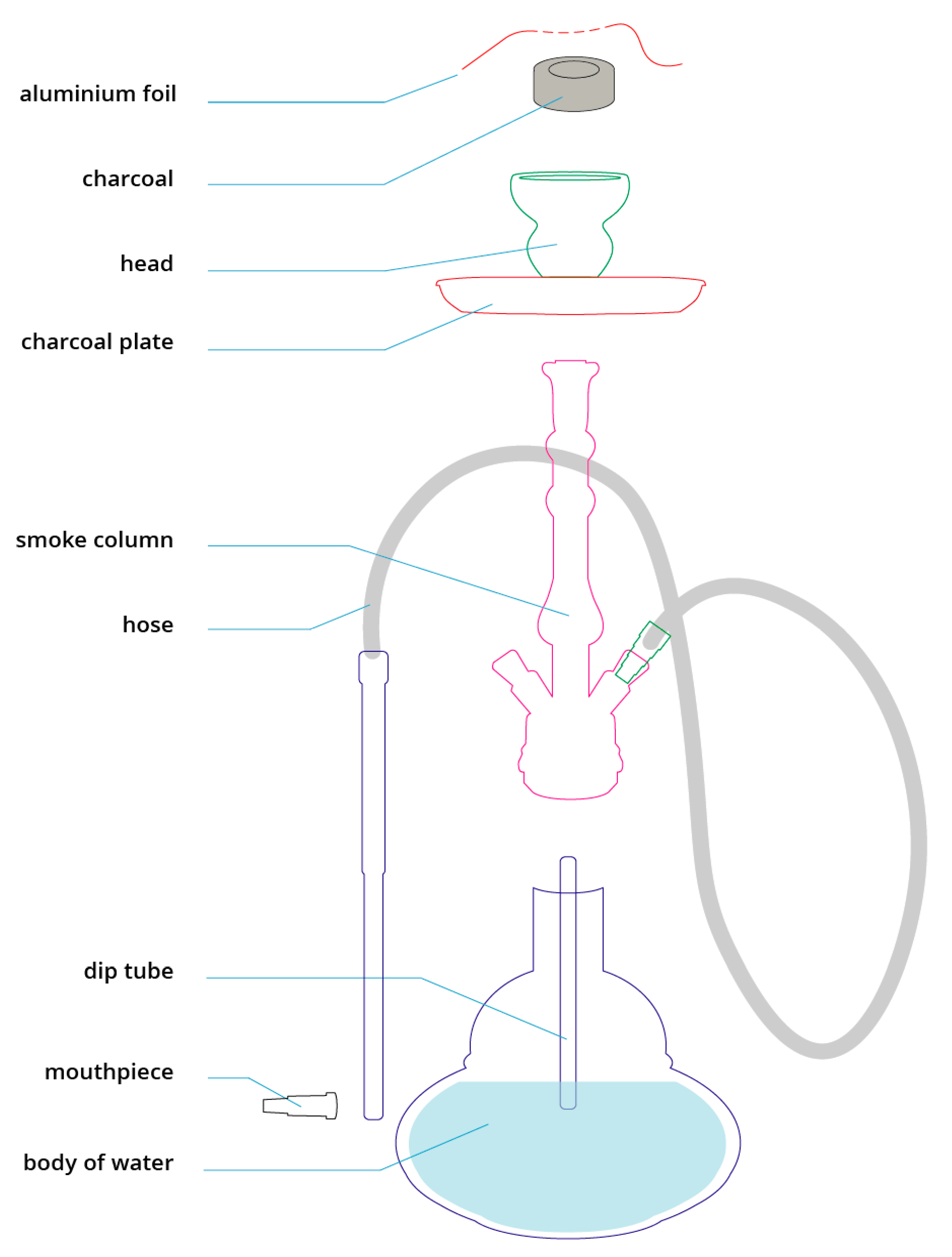
Motives, beliefs and attitudes towards waterpipe tobacco smoking: a systematic review, Harm Reduction Journal
Background In spite of the negative health effects of waterpipe tobacco smoking, its use is becoming more common. The objective of this study is to systematically review the medical literature for motives, beliefs and attitudes towards waterpipe tobacco smoking. Methods We electronically searched MEDLINE, EMBASE, and the ISI the Web of Science in January 2012. We included both quantitative and qualitative studies. We selected studies and abstracted data using standard systematic review methodology. We synthesized data qualitatively. Results We included 58 papers reporting on 56 studies. The main motives for waterpipe tobacco smoking were socializing, relaxation, pleasure and entertainment. Peer pressure, fashion, and curiosity were additional motives for university and school students while expression of cultural identity was an additional motive for people in the Middle East and for people of Middle Eastern descent in Western countries. Awareness of the potential health hazards of waterpipe smoking was common across settings. Most but not all studies found that the majority of people perceived waterpipe smoking as less harmful than cigarette smoking. Waterpipe smoking was generally socially acceptable and more acceptable than cigarette smoking in general. In Middle Eastern societies, it was particularly more acceptable for women’s use compared to cigarette use. A majority perceived waterpipe smoking as less addictive than cigarette smoking. While users were confident in their ability to quit waterpipe smoking at any time, willingness to quit varied across settings. Conclusions Socializing, relaxation, pleasure and entertainment were the main motives for waterpipe use. While waterpipe users were aware of the health hazards of waterpipe smoking, they perceived it as less harmful, less addictive and more socially acceptable than cigarette smoking and were confident about their ability to quit.

IJERPH, Free Full-Text

PDF) Knowledge, attitudes and beliefs towards waterpipe tobacco smoking and electronic shisha (e-shisha) among young adults in London: a qualitative analysis

PDF) The allure of the waterpipe: a narrative review of factors

Full article: Predictors of hookah smoking frequency among women in the South of Iran: A cross-sectional study

Items where Year is 2013 - D-Scholarship@Pitt

It's nice to just be”: A qualitative study on the meaning-imbued

Increasing popularity of waterpipe tobacco smoking and electronic
Knowledge, Beliefs and Attitudes of Patients and the General Public towards the Interactions of Physicians with the Pharmaceutical and the Device Industry: A Systematic Review

Health Effects of Waterpipe Tobacco Use: Getting the Public Health

PDF) The Frequency of Shisha (Waterpipe) Smoking in Students of
Full article: Chemical characterization of nanoparticles and
The prevalence of smoking among Karbala/Iraq university students in Iraq in 2005 - Document - Gale OneFile: Health and Medicine

Socioeconomic and environmental factors associated with waterpipe

PDF) Social Media Use for Public Health Campaigning in a Low Resource Setting: The Case of Waterpipe Tobacco Smoking

Revista prevención del tabaquismo abril-junio 2014 16 2 by SEPAR - Issuu









